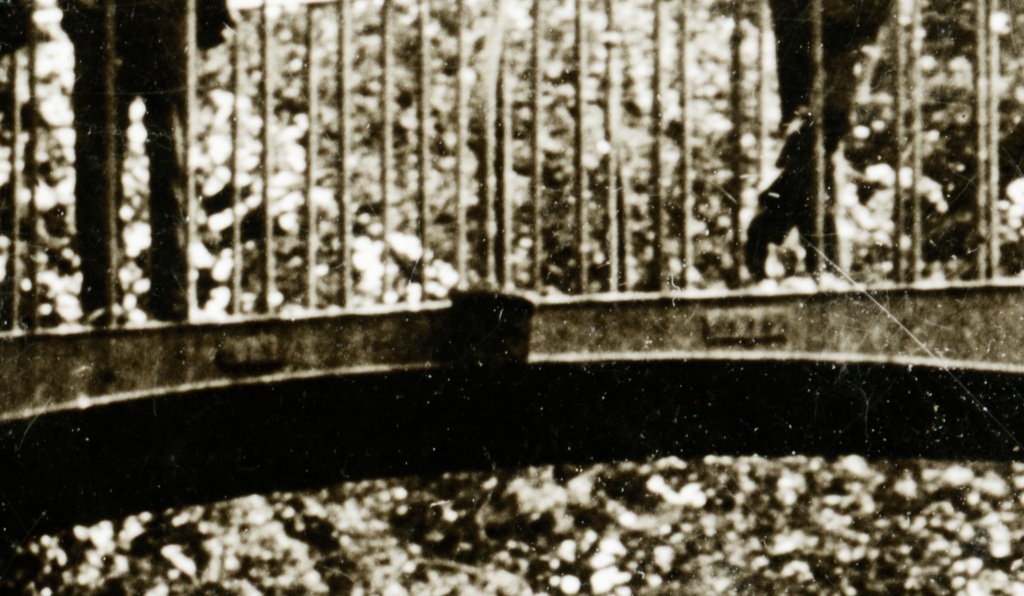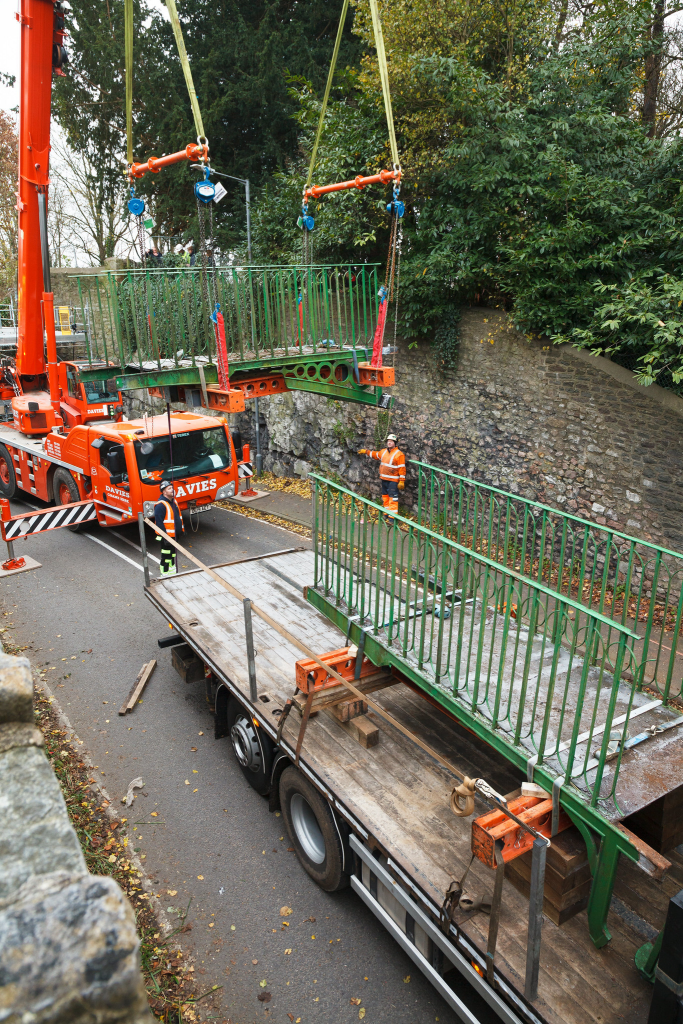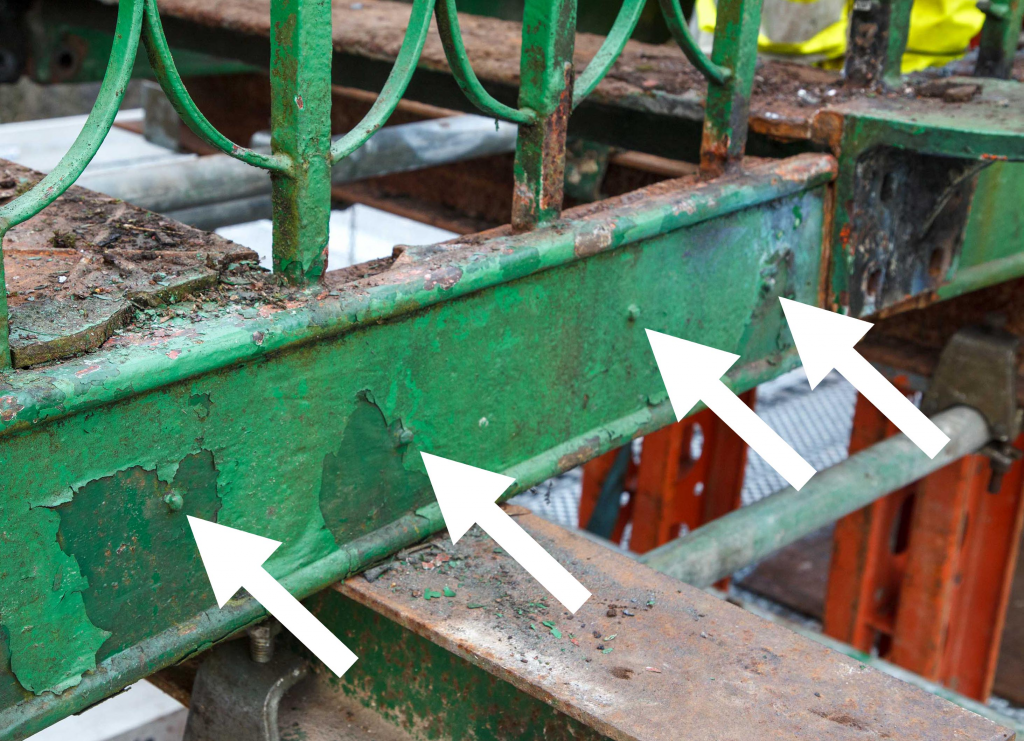This biggest news this month is the long-anticipated start to works on the Kings Weston iron Bridge. Finally, after eight years of campaigning by local groups work is finally picking up speed. The road was closed on the 27th of November for a supporting scaffolding platform to be erected under the bridge; This would take the weight of the historic structure during the required disassembly. Dorothea restoration, a specialist Bristol restoration company, oversaw the works to strap the main bridge parts to steel cradles and make a few selective cuts to metalwork, separating the bridge into two major components with a number of other elements. The western half of the bridge remained in its original condition, with components held together by iron pegs, molten lead, and just four square bolts. The eastern half had been replaced and repaired at some point in the 1970s when it was last hit.

The big day arrived with an early and frosty start on Friday 1st December. Contractors had been on site since 7am preparing for the lifting. A crane and flatbed lorry were positioned on the north of the bridge and final preparations were made to ensure a safe and clean lift.
Eventually, at about 9am everything was in place and the first piece, the central meeting plate of the bridge, was lifter clear. Next came the first of the major sections, starting from the east, which also lifted cleanly and, with some relief, in one piece. As the bridge was dismantled it became clearer how it had been put together originally and how cleaver the design was, but there were still areas of concern. One thing that remained unknown was how the bridge was attached to the abutments, so with some trepidation the western half was edged out only gradually. Fortunately, there were no unknown anchors fastening it back into the stone, instead being fixed in position only by gravity and its own weight.
Each section of bridge, including its lifting cradle, weighed les than a ton. With efficient work by Dorothea and contractors Griffiths the work was finished by 10am and the two pieces of bridge positioned on the lorry for carrying off to the restoration workshop.

With a detailed inspection one new feature has been identified, one so small it’s evaded notice until now. The two original arched spandrels on the west half of the bridge have tiny iron pegs close to the centre point. Four pegs were identified on the south side, but fewer were identifiable on the north. It was suggested that these once held letters or plaques, and this led us to return to old photos. It came as a surprise to discover that there were indeed plates visible in some early 20th Century postcards that we’d never noticed before. These plaques appear to be the last fragments of a larger inscription, but the photos are not clear enough to read what they said. There may be the letters “K I N” on the left side, suggesting that it may have read Kings Weston on the left and, like similar bridges, perhaps “erected 1823” was on the right? If anyone knows anything about these, what they said, or has any better images, please let us know.

The road will be closed again for a longer period in January for the main element of the works to start. This will involve the raising of the abutments either side and the formation of new steps. The road will be completely closed from the 15th Jan with a projected reopening by the 3rd May. We hope now that the programme runs smoothly and that we can look forward to a late-Spring inauguration of the restored bridge



